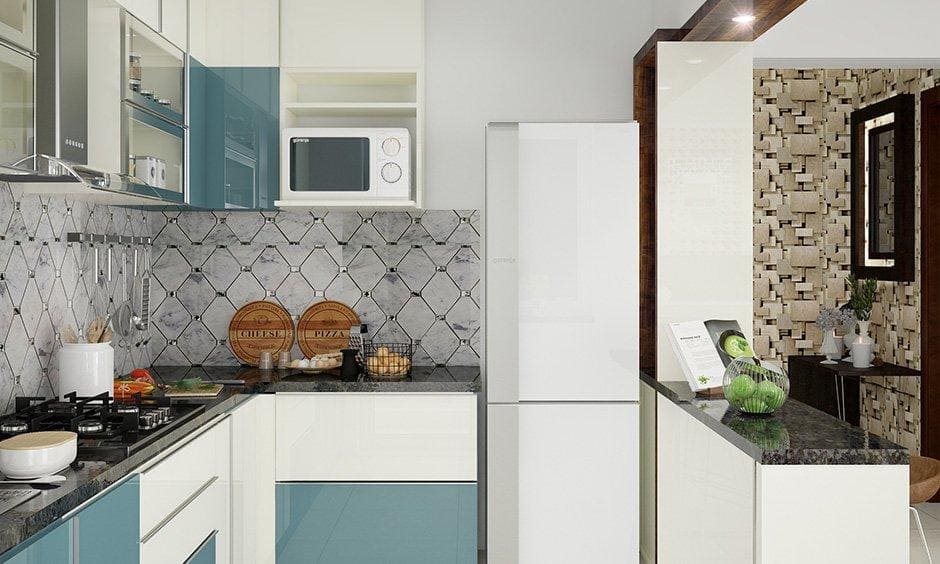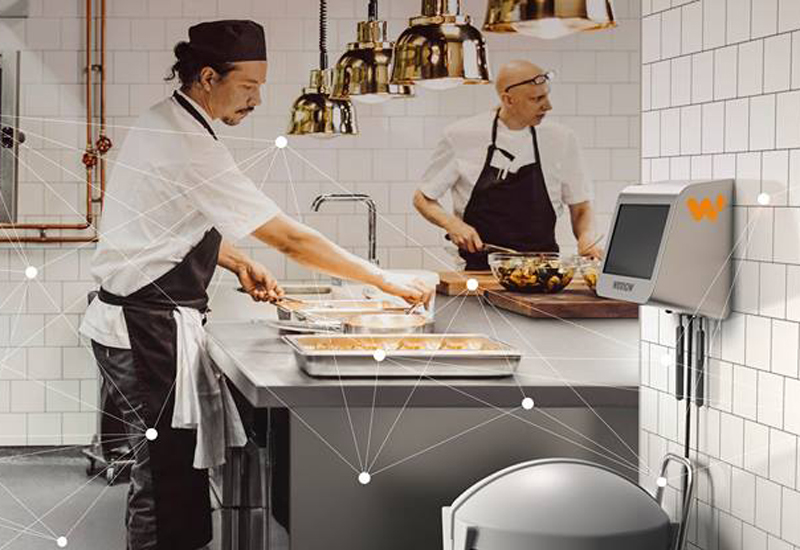In the ever-evolving world of technology, smart window tint automation is emerging as a revolutionary solution for modern homes. As we explore this fascinating topic, we’ll uncover how it can enhance comfort, energy efficiency, and security in your living spaces. With advancements in home automation, integrating smart window tint into your home could be a game-changer.

What is Smart Window Tint Automation?
Smart window tint automation allows you to control the opacity of window tints using smart devices. This technology uses electrochromic films that can be adjusted for transparency or opacity, providing privacy and energy savings at the touch of a button.
How Does It Work?
The technology behind smart window tint involves the use of liquid crystals or electrochromic materials embedded within the film. When an electrical charge is applied, the crystals align to either block or allow light, which can be controlled through an app or a smart home system.
Benefits of Smart Window Tint Automation
Installing smart window tint offers numerous benefits:
- Energy Efficiency: By controlling the amount of sunlight entering your home, you can significantly reduce cooling and heating costs.
- Privacy: With a simple command, you can switch your windows from clear to opaque, ensuring privacy when needed.
- UV Protection: The tint can block harmful UV rays, protecting your furniture and artworks from fading.
Application in Residential Settings
Residential homes can greatly benefit from smart window tint automation. Whether you want to create a cozy atmosphere or save on energy bills, this technology provides a flexible solution for modern living.
Integration with Smart Home Systems
Incorporating smart window tint into your existing smart home system is seamless. Most systems, such as the ones discussed in automated vs smart home, allow easy integration, enabling you to control your window tints alongside other smart devices.
Commercial Use of Smart Window Tints
In commercial settings, smart window tint automation can enhance both aesthetics and functionality of office spaces, creating an environment conducive to productivity and innovation.
Improved Productivity
By managing natural light, you can reduce glare on screens and create a comfortable working environment, thus boosting employee productivity.
Cost Considerations
While the initial investment in smart window tint technology may be higher than traditional window treatments, the long-term savings on energy and maintenance make it a worthwhile investment. For more insights, visit 10 advantages of home automation.
Installation Process
Installation typically involves applying an electrochromic film to the existing window glass. Professional installation is recommended to ensure optimal performance.
Challenges and Solutions
Despite its advantages, there are some challenges associated with smart window tint automation, such as initial costs and the need for electrical wiring. However, these can be mitigated with proper planning and budgeting.
Overcoming Integration Challenges
Consulting with experts in smart home technologies, like those found at home automation protocol, can help overcome integration challenges and ensure seamless operation.
The Future of Smart Window Tint
As technology advances, we can expect smart window tint solutions to become more affordable and accessible, further transforming residential and commercial spaces.
Innovations on the Horizon
The future may hold even more sophisticated systems that integrate with AI and IoT, providing personalized and automated solutions for every user.
Conclusion
Smart window tint automation is more than just a trend; it’s a step towards a more efficient, comfortable, and sustainable living environment. As we move forward, embracing such innovations will be key to optimizing our homes and workplaces.

FAQs
How does smart window tint automation save energy?
By controlling the amount of sunlight that enters your space, it reduces the need for artificial cooling or heating, thus saving energy.
Is smart window tint suitable for all types of windows?
Yes, smart window tint can be applied to most types of windows, but it’s best to consult with a professional for specific recommendations.
Can smart window tints be integrated with existing smart home systems?
Yes, most smart window tints can be easily integrated with existing smart home systems, allowing for centralized control.





